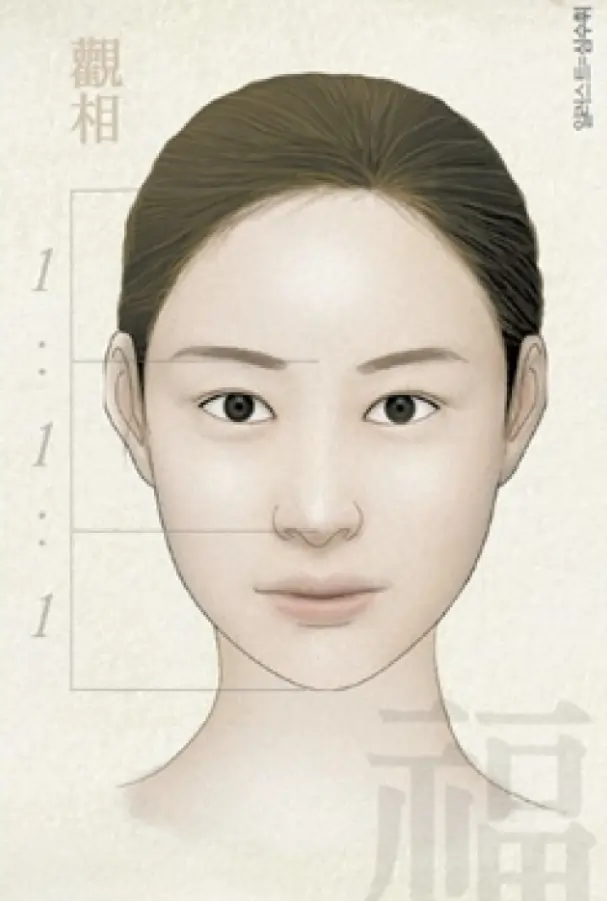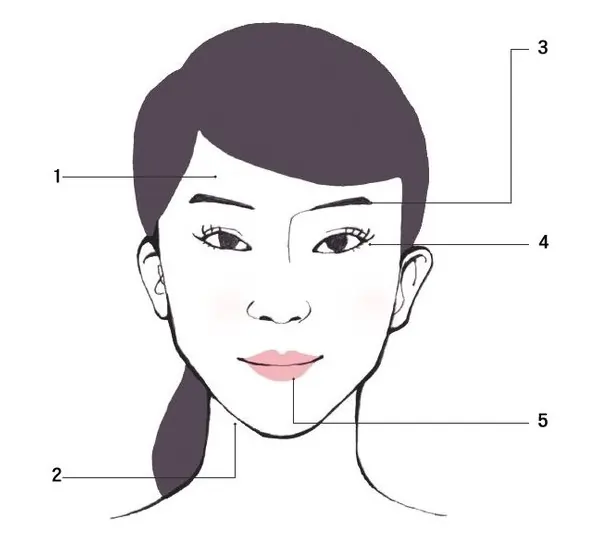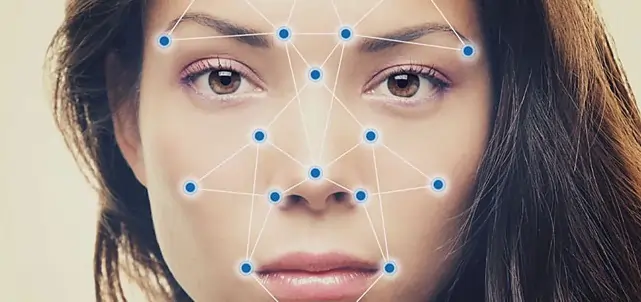Journal
Facial Bone Contouring and Physiognomy
2024-07-16
Facial Contouring

Facial Bone Contouring and Physiognomy: The Art and Science of Enhancing Facial Harmony
In the ever-evolving landscape of cosmetic surgery, facial bone contouring stands out as a transformative procedure that combines surgical precision with artistic vision. Originating as a solution for correcting structural abnormalities and enhancing facial aesthetics, this specialized branch of plastic surgery has garnered significant attention, particularly in regions like South Korea, known for its advanced medical techniques and cultural emphasis on beauty standards. This comprehensive article explores the complexities of facial bone contouring, its cultural implications, the role of physiognomy, innovative surgical techniques, patient experiences, and ethical considerations, offering a thorough examination of its impact and relevance in modern aesthetic medicine.
Understanding Facial Bone Contouring
Facial bone contouring, also referred to as orthognathic surgery or craniofacial surgery, encompasses a range of procedures aimed at reshaping and repositioning the bones of the face to achieve a more balanced and aesthetically pleasing facial structure. While initially developed to address functional issues such as jaw misalignment and malocclusion, facial bone contouring has evolved to include aesthetic enhancements that contribute to facial harmony and symmetry. Through advanced imaging technologies such as 3D CT scans and computer-assisted surgical planning, plastic surgeons meticulously plan each procedure to achieve optimal outcomes tailored to the individual's unique facial anatomy and cosmetic goals.
Common Procedures in Facial Bone Contouring
1. Mandibular (Lower Jaw) Surgery: This procedure involves correcting conditions such as prognathism (protruding lower jaw) or retrognathia (receding lower jaw) to improve facial balance and functionality. For more information click here
2. Maxillary (Upper Jaw) Surgery: Often performed to address issues like a gummy smile or an overly prominent upper jaw, maxillary surgery repositions the upper jawbone to achieve optimal facial proportions and harmony. For more information click here
3. Genioplasty (Chin Surgery): Chin surgery focuses on reshaping the chin to enhance facial balance and correct a weak or protruding chin, contributing to overall facial aesthetics.
4. Zygoma (Cheekbone) Surgery: Zygoma surgery involves procedures to reduce or augment the prominence of the cheekbones, thereby refining the contours of the midface for improved facial harmony.
5. V-Line Surgery: Particularly popular in East Asia, V-line surgery aims to create a slim, V-shaped jawline by reducing the width of the lower jaw, enhancing facial contour and achieving a more youthful appearance. For more information click here
The Role of Physiognomy in Facial Aesthetics

Physiognomy, an ancient practice that examines facial features to interpret character traits and destiny, has influenced cultural perceptions of beauty and aesthetics for centuries. While modern science does not validate the claims of physiognomy, there is a recognized correlation between facial symmetry, proportion, and perceived attractiveness. In societies like South Korea, where beauty standards prioritize facial harmony and balance, physiognomy continues to influence aesthetic ideals and surgical goals, shaping the way individuals perceive and enhance their facial features through procedures like facial bone contouring.
Cultural Perspectives on Facial Beauty
South Korea is renowned for its cultural emphasis on beauty and aesthetics, where facial features such as a slender jawline, high cheekbones, and a balanced chin profile are highly valued. Facial bone contouring aligns with these cultural norms, offering individuals the opportunity to enhance their facial features in accordance with societal standards of beauty. This cultural backdrop, coupled with advancements in medical technology and surgical expertise, has established South Korea as a global leader in cosmetic surgery, attracting patients from around the world seeking precision and excellence in aesthetic enhancements.
Techniques and Innovations in Facial Bone Contouring
Advancements in surgical techniques and technologies have revolutionized the field of facial bone contouring, enabling plastic surgeons to achieve more predictable outcomes and enhance patient satisfaction. Key innovations include:
Advanced Imaging and Surgical Planning
The integration of 3D imaging technology allows surgeons to visualize and simulate surgical procedures with unprecedented accuracy. By creating detailed virtual models of the patient's facial anatomy, surgeons can preoperatively plan the precise movements and adjustments required to achieve optimal facial symmetry and balance. This technology not only enhances surgical precision but also improves patient safety by minimizing the risk of complications.
Customized Implants and Augmentation Techniques
Innovations in biomaterials and surgical techniques have expanded the options for facial augmentation and contouring. Customized implants, made from materials such as silicone or porous polyethylene, can be tailored to fit each patient's facial anatomy, providing natural-looking enhancements to areas like the chin, cheeks, and jawline. Alternatively, fat grafting techniques utilize the patient's own fat tissue to augment facial features, offering a more organic and sustainable approach to facial rejuvenation.
Minimally Invasive Approaches
While traditional facial bone contouring often involves open surgical techniques, minimally invasive approaches have gained popularity for their ability to achieve comparable results with less downtime and scarring. Techniques such as endoscopic surgery allow surgeons to perform procedures through small incisions, utilizing specialized instruments and cameras to visualize and manipulate facial bones with precision. These minimally invasive techniques not only shorten recovery times but also minimize postoperative discomfort, making them increasingly attractive options for patients seeking facial rejuvenation.
Patient Experience and Recovery
Undergoing facial bone contouring is a significant decision that requires careful consideration and planning. Patients typically undergo a thorough consultation with a board-certified plastic surgeon specializing in craniofacial surgery, during which their medical history, aesthetic goals, and expectations are discussed in detail. Comprehensive preoperative evaluations, including physical examinations and imaging studies, help determine the most appropriate surgical approach for each patient.
Surgical Procedure and Anesthesia
Facial bone contouring procedures are typically performed under general anesthesia to ensure patient comfort and safety throughout the surgery. Depending on the specific goals of the procedure, incisions are strategically placed to access the underlying facial bones, allowing the surgeon to reshape and reposition them according to the preoperative plan. Surgical techniques may involve osteotomies (cutting and repositioning of bones), bone grafting (augmentation with donor bone or synthetic materials), or the placement of implants to achieve the desired facial contour.
Postoperative Care and Rehabilitation
Following facial bone contouring surgery, patients can expect to experience some degree of swelling, bruising, and discomfort, which are managed with prescribed medications and postoperative care instructions. Cold compresses and elevation of the head during sleep can help minimize swelling, while pain medications and antibiotics may be prescribed to alleviate discomfort and reduce the risk of infection. Patients are typically advised to adhere to a soft diet and avoid strenuous activities for several weeks to facilitate proper healing and optimize surgical outcomes.
Long-Term Follow-Up and Maintenance
Achieving optimal results from facial bone contouring surgery requires diligent postoperative care and long-term follow-up with the treating surgeon. Patients are scheduled for regular appointments to monitor healing progress, evaluate aesthetic outcomes, and address any concerns or questions that may arise during the recovery period. Routine dental and orthodontic evaluations may also be recommended to ensure optimal oral health and functional stability following jaw or chin surgery.
Ethical Considerations and Safety Measures
As with any surgical procedure, facial bone contouring carries inherent risks and considerations that must be carefully evaluated and discussed with patients prior to surgery. It is essential for individuals considering facial bone contouring to choose a board-certified plastic surgeon with specialized training and experience in craniofacial surgery, ensuring that procedures are performed in accredited surgical facilities that adhere to stringent safety standards and protocols.
Patient Selection and Informed Consent
Patient selection is a critical aspect of ethical practice in facial bone contouring surgery, with surgeons carefully evaluating the physical and psychological suitability of candidates for surgery. Comprehensive preoperative consultations allow surgeons to assess patients' motivations, expectations, and understanding of the procedure, ensuring that informed consent is obtained and realistic outcomes are discussed. Clear communication between the surgeon and patient regarding surgical goals, potential risks, and expected recovery processes is essential to fostering a positive patient experience and achieving satisfactory results.
Ethical Considerations in Aesthetic Surgery

Ethical considerations in aesthetic surgery extend beyond technical proficiency to encompass principles of patient autonomy, beneficence, non-maleficence, and justice. Surgeons must prioritize patient safety and well-being throughout every stage of treatment, from initial consultation and surgical planning to postoperative care and long-term follow-up. Open dialogue, respect for patient preferences, and adherence to professional ethical standards are integral to maintaining trust and integrity in the practice of facial bone contouring surgery.
Conclusion: Redefining Facial Aesthetics through Expertise and Innovation
Facial bone contouring represents a harmonious blend of scientific innovation, artistic vision, and cultural aesthetics within the field of cosmetic surgery. In South Korea, where beauty ideals are intricately linked with technological advancements and cultural preferences, facial bone contouring has emerged as a sought-after procedure for individuals seeking to enhance their facial harmony and achieve aesthetic rejuvenation. By leveraging advanced surgical techniques, personalized treatment approaches, and a commitment to patient-centered care, South Korean plastic surgeons continue to set global standards in craniofacial surgery, offering transformative outcomes that empower patients to embrace their unique facial identities with confidence and pride.
In summary, facial bone contouring transcends mere surgical intervention to embody a transformative journey towards facial harmony and self-expression. As the demand for aesthetic enhancements grows worldwide, the evolution of facial bone contouring underscores its pivotal role in reshaping perceptions of beauty and enhancing quality of life for individuals seeking to redefine their facial aesthetics through advanced cosmetic surgery.
Contact Us for an In-depth Free Consultation About Facial Contouring Surgery
If you are considering facial contouring surgery or any other procedures and would like to get more information, reach out to us by contacting us on the following:
Email: inquiry@docfinderkorea.org
WhatsApp:
+(82) 10-5825-8806 (EN/IND)
+(82) 10-5811-8806 (EN/РУC)
+(82) 10-9574-8806 (EN/繁/簡/粵)
Back


